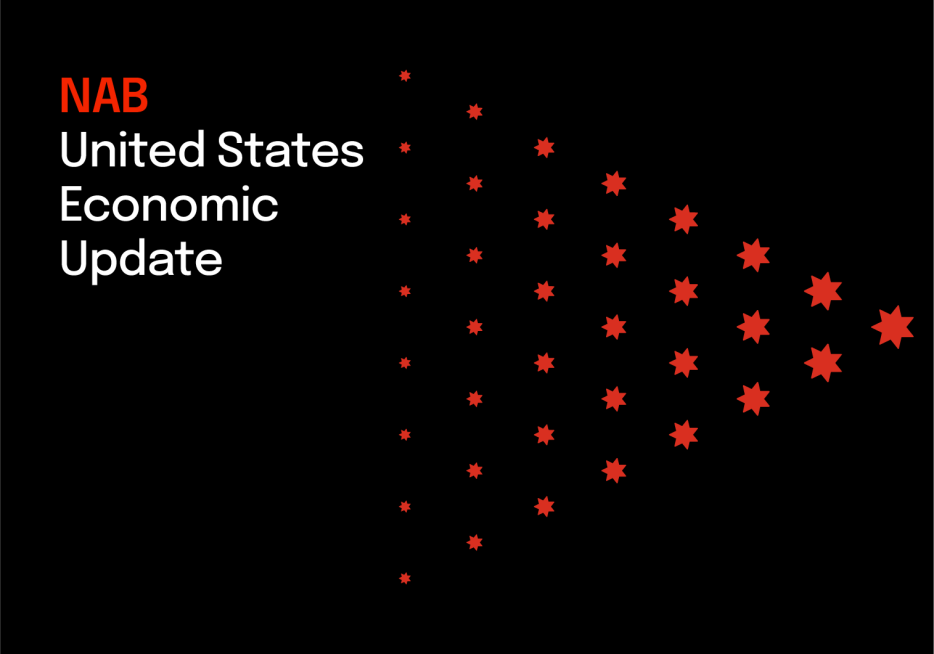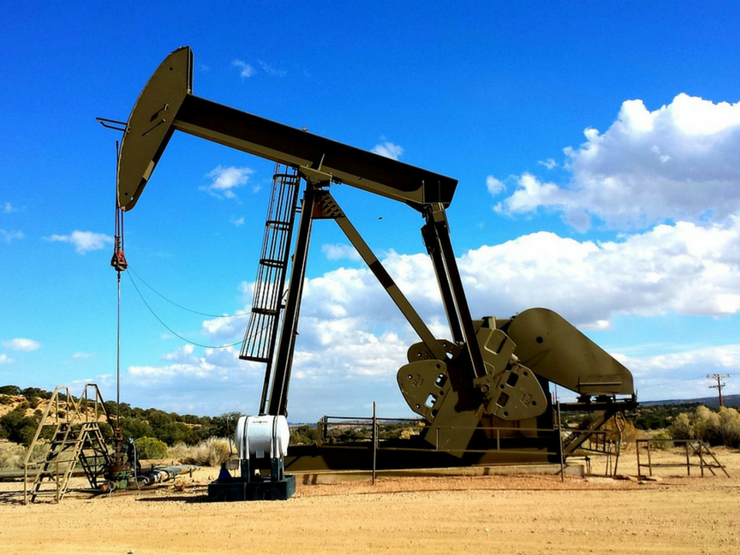US Fed – September cut but still see gradual easing


Insight
In US dollar terms, the NAB non-rural commodity price index rose marginally in Q3 2018 – increasing by 0.4% qoq. The strong upturn in the first quarter of this year contributed to a much more significant increase in year-on-year terms – up by 8.2%.

Overview
For more information please download the below report:
© National Australia Bank Limited. ABN 12 004 044 937 AFSL and Australian Credit Licence 230686.